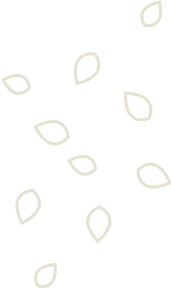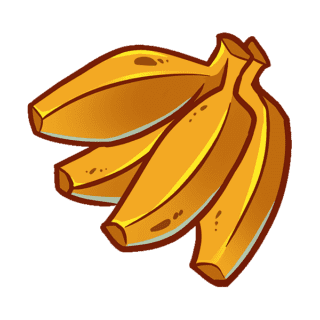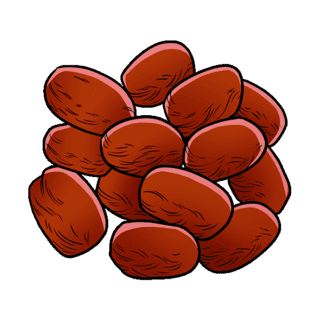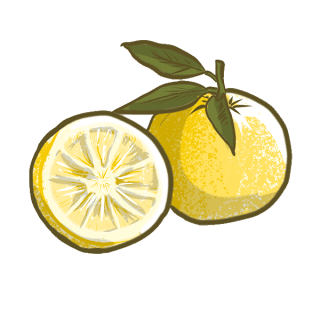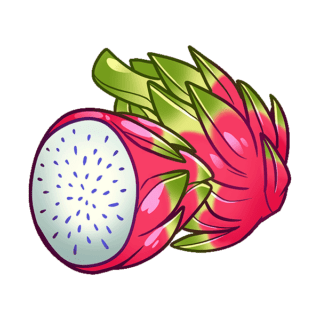Saba Banana
While saba bananas can be enjoyed raw, they’re most often cooked. The level of ripeness plays a big role in how they’re used. Super ripe saba bananas are soft, yellow with brown or black spots, and slightly firm to the touch. Less ripe bananas, with their yellow-green peel, are firmer and starchier.
Whether you’re craving a sweet treat or a savory dish, saba bananas can be cooked in so many ways! They can be fried, steamed, boiled, grilled, or even dried into chips. One crowd favorite is bananacue — a delicious combo of “banana” and “barbecue” — where whole bananas are fried in oil and brown sugar, creating a sweet, caramelized crunch on the outside while the banana inside stays soft. Banana fritters and chilled banana desserts are other popular choices.
Saba bananas are also the key ingredient in banana ketchup, a Filipino classic invented by Maria Orosa, a University of Washington graduate in 1921. This tangy, sweet ketchup is a must-have in Filipino spaghetti and pairs perfectly with a wide range of dishes.
Don’t forget the leaves! Saba banana leaves are often used for wrapping and serving food, adding a lovely touch to many dishes.
You can find saba bananas at Uwajimaya in our produce department.
